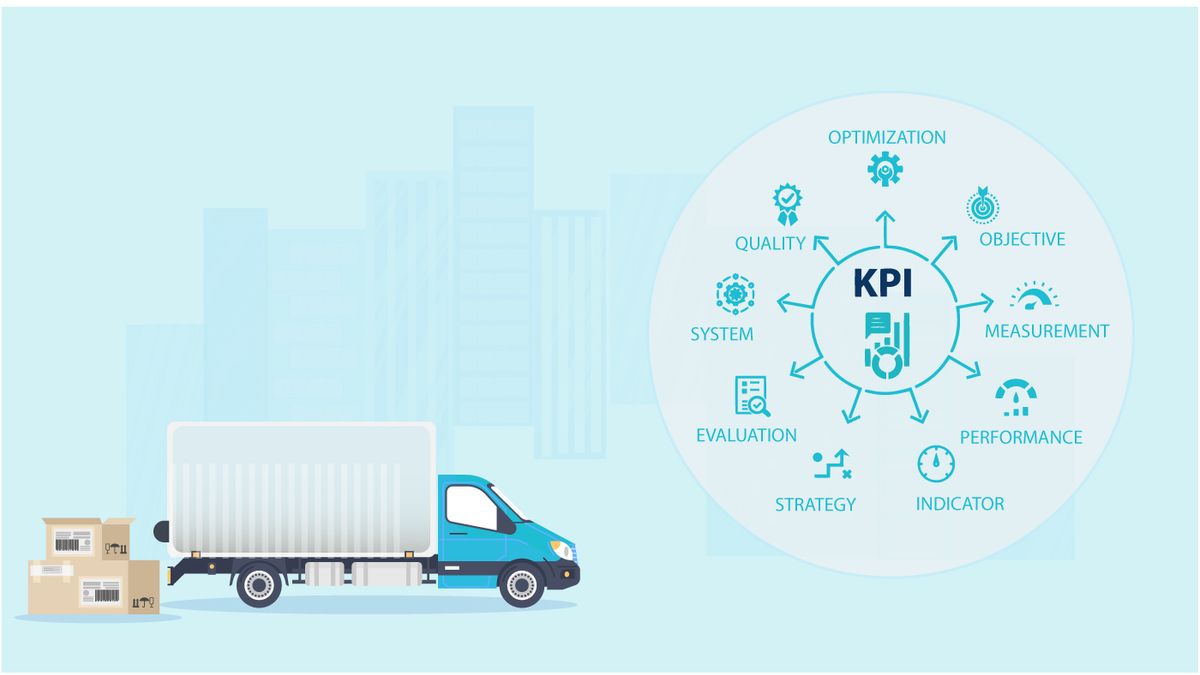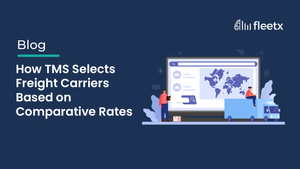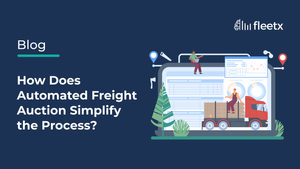
The freight bidding process might sound quite complex, but it can be simply understood as the process through which business owners or manufacturers get their shipping requirements fulfilled. The freight bidding process is part of the more extensive Transporter Management System (TMS) that brings shippers and transporters on the same platform and makes it easier for businesses to bid and source carrier services at competitive rates. In addition, freight bidding allows shippers to add contracts for sourcing carrier services with existing vendors and new vendors. Alternatively, spot bidding allows companies to place bids as per their requirement without having a contract with vendors in place.
Getting started with a Freight Bidding
For businesses that do not own and manage their own fleet of transport vehicles and rely on external carriers or 3PL service providers, there are two ways to source transport vehicles for their operations. The first way involves sourcing vehicles from existing vendors in their Fleet Management System. In essence, all the vendors a business has worked with in the past have an existing or pre-defined contract in place with the company. The contracts primarily cover the price for the number of vehicles provided by the vendor as per the business’ requirements. In comparison, the other way involves a process called spot bidding or spot auctions who allows shippers to hire transporters or vendors without a pre-existing contract in place. A shipper can invite bids through spot auction with registered transporters in their system with or without a contract. In order for shippers to invite bids from non-registered vendors, their system needs to open or have access to the open market. In other words, a business places its requirements and notifies all available vendors through its fleet management system, which leads to a bidding process. Interested vendors can bid below a ceiling price for the job as defined by the company that has placed the auction or bid.
Now, let’s look at how the freight bidding process works for business owners and transporters when integrated with their transport management system.
Using Freight Bidding Software for existing contracts
A company relies on one or several third-party vendors to fulfill its shipping requirements. They are bound to have multiple fixed routes they require transport services for in a given month. In such cases, they usually have a pre-defined contract with one or multiple vendors. Such vendor contracts will appear in the contract management of their fleet management system. Every time the business requires carrier services, they can create a job listing through the freight bidding process by defining parameters such as route, number of vehicles, type of vehicles, among others. Based on the parameters, the system would list down all the available vendors with pre-existing contracts, and they will be notified about the job.
Why use Freight Bidding Software with existing contracts?
The process of freight bidding with existing vendors eliminates the need for negotiating the price and worrying about the availability of vehicles for business owners. They can rest assured about hassle-free procurement and processing of their requirements by the service provider. On the other hand, transporters are notified about the job requirement through their Transport Management System and can further assign vehicles as per the requirement of the business.
Freight bidding process for Spot auction
But what if a business requires more vehicles than its quota permits as per the contract? Consider an expected surge in demand where the business needs to ramp up its shipping operation but the vendors they have a contract with cannot assure the required number of vehicles? In such a scenario spot bidding can help business owners fill the gaps when it comes to vehicle requirements. In the spot bidding process a business owner or shipper sets up an auction which consists of all their transport vehicle requirements. It is followed by a ceiling price set by the shipper based on their own market estimates or willingness to pay. Once the requirement is defined and the auction is live from shipper ends it is visible to all available transporters or vendors through their transport management system. Businesses can then accordingly assess all the available bids made by vendors and choose the one that is most cost effective. The spot bidding process gives businesses the option to ramp up their transport operation as required without the need to avail a contract with the vendor.
How does spot bidding benefit the transporters?
The spot bidding feature in freight bidding is particularly useful for transporters as it offers them an option to exponentially expand their operations based on the availability and demand. In contrast to existing contracts, the spot bidding process is more market and demand driven in nature. And greater flexibility to take more jobs which in turns can possibly help transporters scale up and increase their revenue. In addition to that, it helps transporters increase their fleet utility which would have otherwise been idle if they only relied on existing contracts with businesses.
Conclusion
To conclude, the freight bidding process offers valuable opportunity and flexibility to both business owners and transporters to improve efficiency of their operations. Several Transport Management Systems offer access to freight bidding marketplaces to both transporters and business owners and help meet the supply with demand in the most efficient and cost-effective way possible.
Where do brokers bid on freight?
Freight broker bid on freight bidding software.
What is freight forwarding software?
Integrated Freight Forwarding cloud software enables control and management of Air, Sea, Land, and Customs freight as well as seamless integration with CRM, Billing, and Financial Accounting online from any location and on any device.





